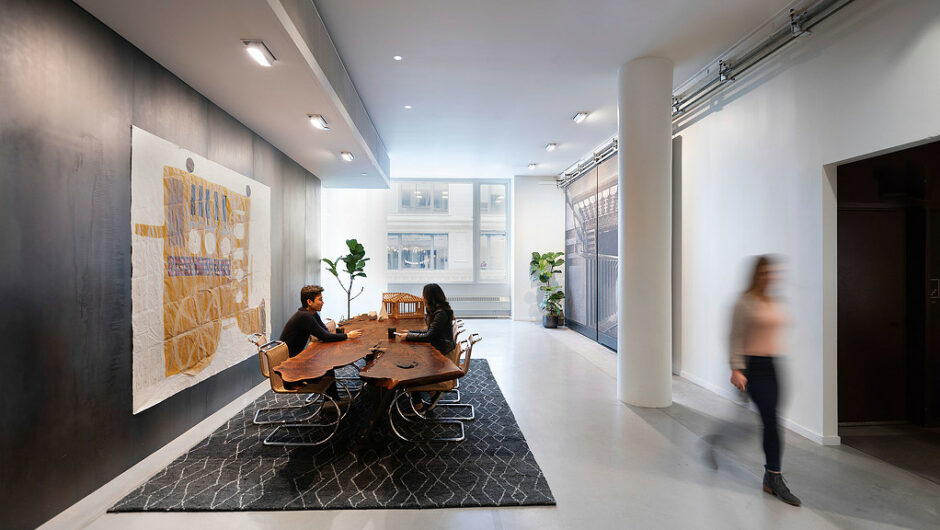“To really simplify it, this has been a giant Band-Aid rip. This just accelerated the inevitable.” That’s from the Chief Administrative Officer of an AmLaw 100 firm, reacting to his firm turning on a dime to 100% remote work in response to COVID-19.
The overnight shift to working from home is upending the model of how much real estate law firms really need. While corporate America has spent the past couple of decades densifying and fitting more people into ever smaller amounts of space, much of the legal industry has held on to comparatively generous standards.
“Most people’s ‘command station’ at home is smaller and less elaborate than their offices. If we can operate successfully from home, we can probably operate with smaller space standards at the office,” said the director of Operations of another AmLaw 100 firm. “This is an opportunity. We will not have to convince people that we can work in this new way. They are living it right now. It is unassailable that the amount of square footage we will be looking at will be a lot less.”
Law firms have been rethinking their real estate requirements and starting to downsize for some time. In recent years, a steady flow of change has included firms moving to tighter offices or even open plans for associates. Firms in higher cost markets were among the first to experiment with these new paradigms. But generally speaking, a move towards more efficient use of space in law offices has not happened as fast as it has in other industries. Law firms still use two to three times more space.
That may have to do with the fact that the legal industry values precedent. Lawyers like to know an approach has been tested before they adopt it. Now, some precedents are starting to emerge.
Remote working brings an opportunity to build a more flexible culture.
According to Gensler’s 2020 U.S. Workplace Survey — conducted before the global COVID-19 pandemic — half of the U.S. workforce worked outside the office at least one day per week. That number was lower in the legal industry, but many law firms had been experimenting with mobile working. They have found that previously held conceptions around the use of paper or the need for associates to be physically present at all times are contradicted by the success of working from home. These firms will use this crisis as an opportunity to build a more flexible culture by making remote working a permanent part of their operations. For some firms that have begun onboarding new associates remotely, that process is already underway.
Dynamic seating offers additional choices.
Another emerging paradigm in the U.S. workplace is dynamic seating, along with the introduction of flexible amenities and alternate choices like hoteling suites. This occupancy strategy was even less common among law firms. But several firms are now taking a hard look at high office vacancy rates, along with pressure to reduce real estate needs. Firms have realized lawyers can be engaged and productive, no matter where they are. As a result, it may become more common to have some lawyers work from home for a portion of the week on a regular basis and sit in unassigned seating when they are in the office.
Engagement and networking become even more critical.
But there is another side of the coin in the midst of this change. The physical distancing mandates have brought engagement to the forefront in a way we’ve never seen before.
“We have taken each other for granted,” said the managing partner of a London-based law firm. He suspects that when this is all over, there will be a great desire to get back to the office, as staff and lawyers alike have realized the importance of physical interaction to building culture and growing business. “Business development and networking is a huge challenge at the moment,” he explained.
As events and conferences are now on hold, lawyers are finding it difficult to grow their networks. The relevance of maintaining and growing client relationships is heightened, and this is a lesson that won’t be forgotten when distancing mandates ease.
COVID-19 will spark reinvention of physical space, but it will also bring on new and creative ways in which professional services firms engage with their clients and each other. These two changes are long overdue, and they should go hand in hand. This crisis is a flash point that will cause change in different directions for different industries. For law, it is poised to accelerate changes that were already underway.


